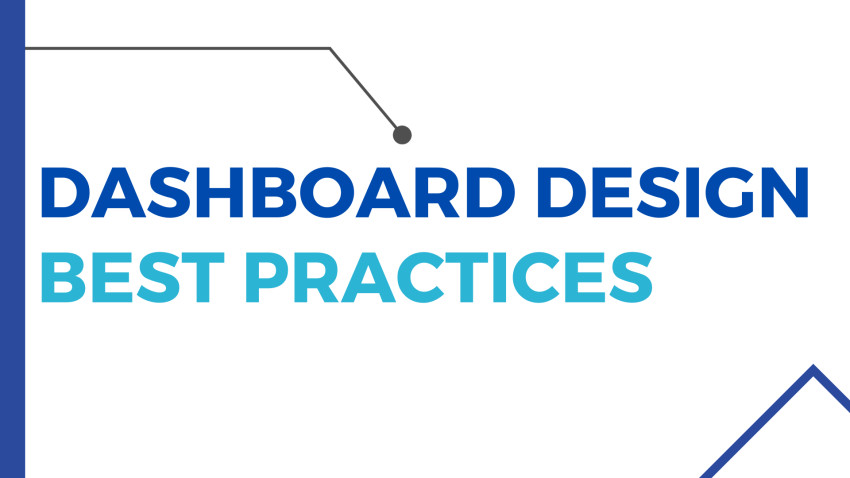
In today's data-driven world, dashboards have become indispensable tools for businesses of all sizes. They serve as a window into your data, offering a way to track, analyze, and visualize key performance indicators (KPIs) and metrics. Dashboard UI design is the art of creating intuitive, informative, and visually appealing dashboards that cater to the unique needs of various users. In this article, we will delve into everything you need to know about dashboard UI design, including what a dashboard is, the design process, principles, best practices
What is a Dashboard?
A dashboard is a visual representation of data that allows users to monitor and analyze essential information, such as KPIs, metrics, and data points. Dashboards serve as a one-stop location to access data from multiple sources, eliminating the need to navigate through various services or spreadsheets. Well-designed dashboards answer critical business questions and provide insights before users even have to ask for them, making them an invaluable asset for any organization.
The Dashboard UI Design Process
Designing an effective dashboard requires a structured approach. Here's a step-by-step process to create a dashboard:
Define the Purpose
Understand the user's objectives and data requirements. Ask questions like what data they need, how often it should be updated, and any specific preferences.
Select the Charts
Choose the right type of charts (e.g., line charts, bar charts, scatter plots) based on the data and its purpose. The right chart can simplify complex data.
Make Charts Effective
Ensure that charts are not overloaded with information, making them hard to interpret. Use the right orientation, minimal colors, and logical organization.
Create a Prototype
Develop a prototype that outlines the different sections of information, their importance, and their arrangement on the dashboard. Prototyping helps you refine your design.
Ask for Feedback
Gather feedback from potential users and stakeholders to make improvements based on their insights.
Dashboard UI Design Principles
To create a successful dashboard, adhere to these principles:
Choose the Right Type
Select the type of dashboard that best suits your target users, whether it's a KPI dashboard for executives or an operational dashboard for supervisors.
Optimal Data Visualization
Visual elements should be both pleasing and functional. Stick to familiar formats, use minimal layouts, and avoid clutter.
Simplistic and Intuitive Design
Keep the dashboard uncluttered and intuitive by adding filters and hierarchies. Users should be able to access key information within seconds.
The 5-Second Rule
Users should find critical information within 5 seconds. Use an inverted pyramid layout to present high-priority data at the top, trends in the middle, and granular details at the bottom.
Dashboard UI Design Best Practices
To create an outstanding dashboard, consider these best practices:
User-Relevant Data
Understand your audience's needs and provide relevant data in a structured manner, keeping the 5-second rule in mind.
Responsive Design
Allow users to customize their dashboard, giving them control over which data takes center stage.
Big and Bold Crucial Data
Highlight key information with big, bold numbers for quick comprehension.
Information Architecture Principles
Follow hierarchy and the F and Z reading patterns for effective content structure.
Simple Main View
Keep the main view clean and utilize filters and supportive views for additional data exploration.
Consistent Color Scheme
Maintain a consistent color scheme and design language to enhance data visualization.
Types of Dashboards
There are three basic types of dashboards, each serving different purposes:
Operational Dashboards
These provide real-time information, suitable for quickly checking status and time-sensitive data. Google Analytics is a classic example.
Analytical Dashboards
Designed for data analysis, they help users investigate trends and discover insights, making them ideal for managers and executives.
Strategic Dashboards
These assist in evaluating efficiency, achieving goals, and monitoring KPIs for internal business requirements, helping teams make informed decisions.
Conclusion:
Dashboard UI design is a multifaceted process that requires careful planning, user research, and adherence to best practices. By creating user-friendly, informative dashboards, you can empower your users with valuable insights and facilitate data-driven decision-making in your organization.



